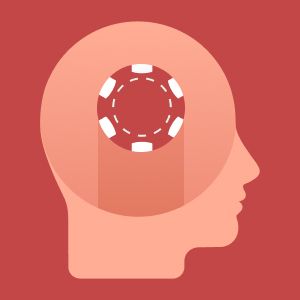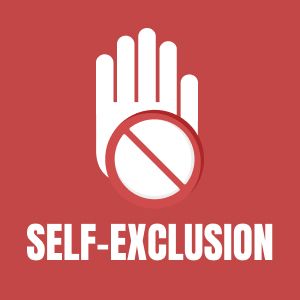Further investigation into self-exclusion programs could yield beneficial insights. However, the available data already hints at common trends and suggests that outright bans may not serve as an effective remedy.
According to records from the Ontario Lottery and Gaming Corporation (OLG), each year, roughly 1,500 to 2,000 individuals enrolled in the OLG self-exclusion program attempt to enter OLG gaming venues. More than 11% of those participants try to breach their self-exclusion agreements annually. This statistic does not account for individuals who violate the rules without facing any consequences. The number of times a participant may violate their agreement before detection is not included in these figures.
Consequently, numerous violations likely occur in regions where individuals have chosen to self-exclude.
















